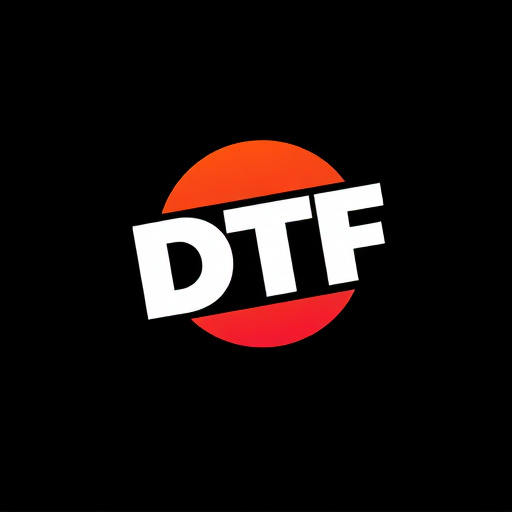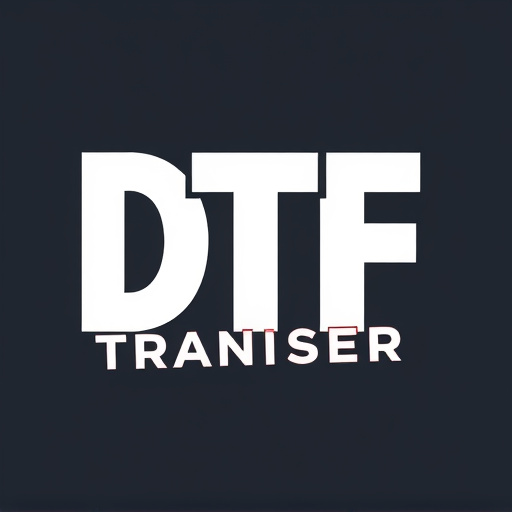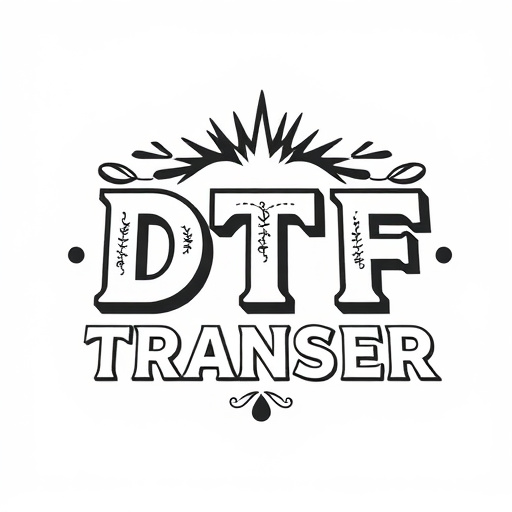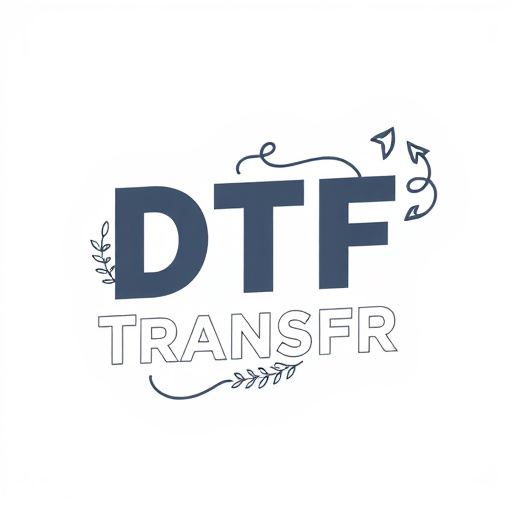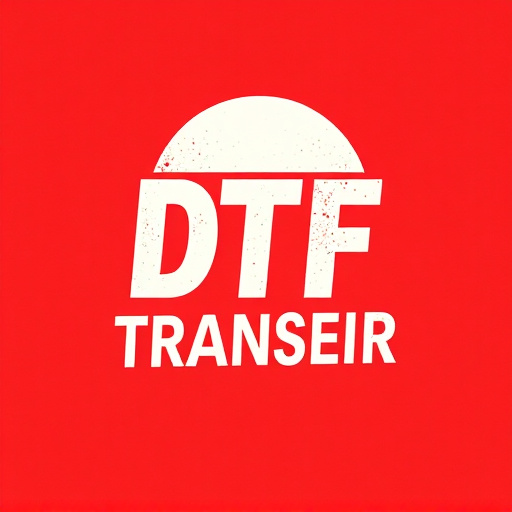Direct-to-Film (DTF) transfer technology revolutionizes custom print production with precision, speed, and versatility. To launch a successful DTF company, conduct thorough market research targeting specific demographics, analyze regional demand, and study competitors. Legally establish your business, set up efficient production lines, and invest in high-quality equipment for consistent, durable DTF prints. Blend technical expertise with strategic marketing using digital platforms and unique selling points to stand out. Focus on robust quality control and exceptional customer service for long-term success and client loyalty in this competitive landscape.
Establishing a direct-to-film (DTF) transfer company offers an exciting opportunity to tap into the growing demand for on-demand printing solutions. This comprehensive guide walks you through setting up your own DTF business, from understanding cutting-edge DTF technology and identifying target audiences to legal considerations, equipment selection, marketing strategies, and growth tips. Learn how to master DTF printing, deliver high-quality prints, and build a thriving DTF transfer company.
- Understanding Direct-to-Film Transfer (DTF) Technology
- Market Research and Target Audience Identification
- Setting Up Your Business: Legal and Operational Requirements
- Equipment and Material Selection for DTF Printing
- Marketing and Branding Strategies for Your DTF Transfer Company
- Quality Control, Customer Service, and Business Growth Tips
Understanding Direct-to-Film Transfer (DTF) Technology
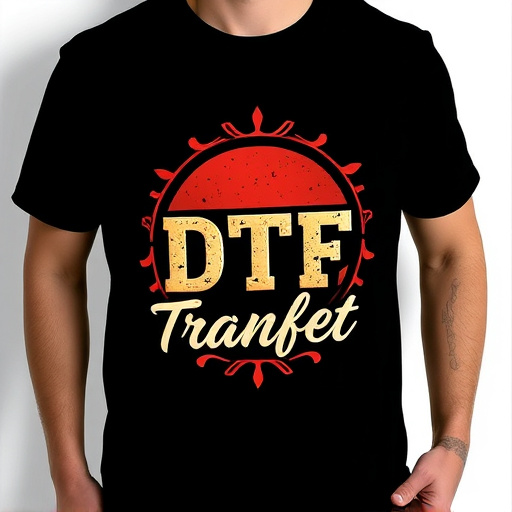
Direct-to-Film (DTF) Transfer technology is a cutting-edge process that allows for the direct printing of designs onto various materials, including film and other flexible substrates. This innovative method has revolutionized the way we produce custom prints, offering unparalleled versatility and efficiency compared to traditional printing techniques. DTF Printing involves using specialized equipment to apply inks directly onto the desired surface, ensuring crisp, high-resolution results.
One of the key advantages of DTF is its ability to handle a wide range of materials and shapes, making it suitable for various industries. From creating custom graphics on car wraps to designing eye-catching signage, DTF Transfer can produce stunning prints that are both durable and visually appealing. This technology’s precision and speed make it an attractive option for businesses seeking efficient and cost-effective solutions for their marketing and branding needs, generating high-quality DTF prints in minimal time.
Market Research and Target Audience Identification
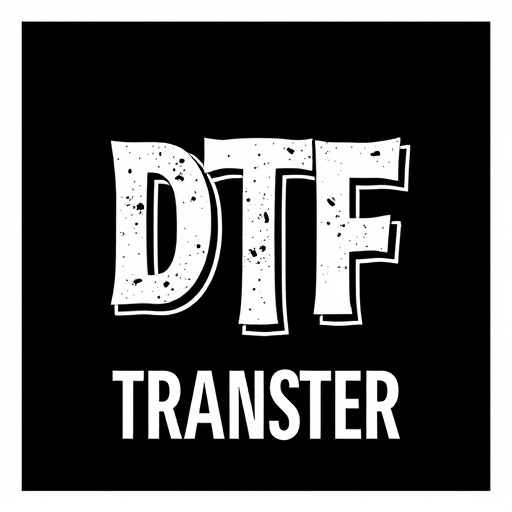
Before launching a direct-to-film (DTF) transfer company, conducting thorough market research and identifying your target audience is paramount. This process involves understanding the demand for DTF printing services in your region, analyzing competitors’ offerings, and pinpointing specific customer needs. By studying industry trends, you can determine the types of DTF prints in high demand—whether it’s for clothing, accessories, or other merchandise.
Market research should also reveal demographic information about your target market. Are they primarily young adults embracing custom fashion, or do they span across various age groups with diverse preferences? Tailoring your marketing and service offerings to match these insights will ensure a solid customer base for your DTF transfer company.
Setting Up Your Business: Legal and Operational Requirements
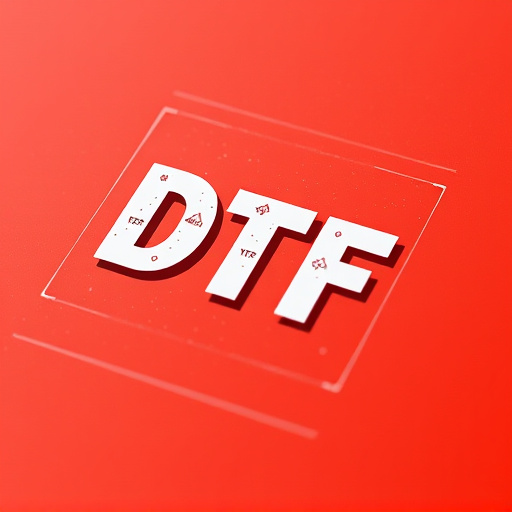
Setting up a direct-to-film (DTF) transfer company involves navigating several legal and operational requirements to ensure compliance and smooth business operations. First, register your business with the appropriate government authorities and obtain any necessary licenses and permits for operating a DTF printing service. This process typically includes registering as a business entity, securing tax registration, and potentially applying for special industry-specific permits.
Next, establish clear operational protocols for your DTF transfer process. This involves sourcing high-quality materials like film and inks that meet industry standards. Set up production lines or workstations equipped with the necessary equipment, including printers, cutters, and drying facilities. Implement quality control measures to ensure each DTF print meets the required specifications and consistency. Additionally, develop clear guidelines for customer service, order management, and delivery logistics to provide a seamless experience from inception to completion of DTF prints.
Equipment and Material Selection for DTF Printing
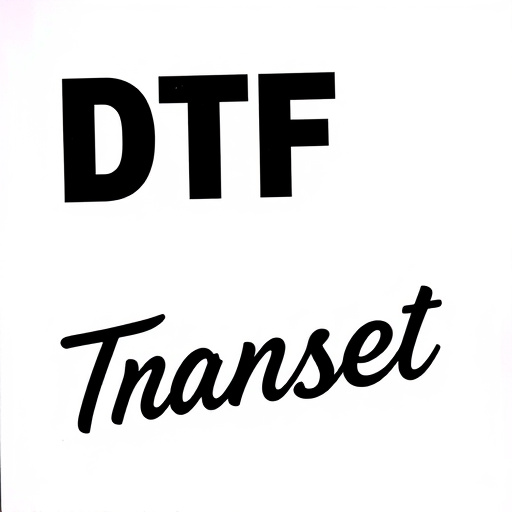
When setting up a direct-to-film (DTF) transfer company, selecting the right equipment and materials is paramount for achieving high-quality DTF prints. The foundation lies in choosing a reliable DTF printer that suits your production volume needs. Modern DTF printers offer advanced features such as precise registration, fast printing speeds, and excellent image quality, ensuring you deliver sharp, vibrant prints consistently. Consider brands renowned for their durability and precision to build a robust foundation for your business.
Complementing the printer, the choice of inks, films, and platens is critical. DTF inks should be eco-friendly, quick-drying, and compatible with your selected film types. Mylar and polycarbonate films are popular choices due to their durability and ability to produce long-lasting prints. Platens, or print beds, must align perfectly with the printer’s capabilities to ensure accurate transfers. Invest in high-quality materials to guarantee consistent performance and reduce waste, ultimately impacting your bottom line positively.
Marketing and Branding Strategies for Your DTF Transfer Company

In today’s digital age, establishing a direct-to-film (DTF) transfer company requires more than just technical expertise; it necessitates a robust marketing and branding strategy to stand out in a competitive market. Your brand should embody innovation, quality, and speed—key attributes sought by customers seeking DTF prints. Develop a compelling value proposition that highlights the efficiency and accuracy of your DTF Transfer services. Leverage digital platforms such as social media and search engine optimization (SEO) to reach potential clients actively looking for DTF Printing solutions. Incorporate SEO keywords like “DTF Transfer” and “DTF Prints” into your online content, ensuring your company appears in relevant searches.
Consistent branding is paramount. Design eye-catching logos and visual assets that resonate with your target audience, whether it’s small businesses or large enterprises. Craft a unique selling point (USP) that differentiates your DTF Transfer company from competitors. This could be based on environmental sustainability practices, quick turnaround times, or exceptional customer service. Consistently communicate this USP through various marketing channels to build brand loyalty and recognition. Remember, effective branding not only attracts clients but also fosters long-term relationships by establishing your DTF transfer company as a reliable and trusted partner in the industry.
Quality Control, Customer Service, and Business Growth Tips

Quality Control: Establishing a robust quality control process is paramount for any DTF transfer company aiming to excel in the industry. Implement rigorous standards and procedures to ensure each DTF print meets the highest levels of detail, color accuracy, and durability. Regularly test and calibrate your equipment, maintain clean work environments, and train staff on consistent techniques. By doing so, you can guarantee clients receive top-tier products, fostering a positive reputation and encouraging repeat business.
Customer Service: Exceptional customer service is the cornerstone of any successful DTF transfer business. Respond promptly to inquiries, providing clear communication throughout the entire process. Offer diverse payment options, flexible ordering systems, and competitive pricing to cater to a wide range of customers. Additionally, implement a feedback mechanism to gather insights from clients, allowing for continuous improvement in your services and fostering long-term relationships with your DTF printing clientele.




